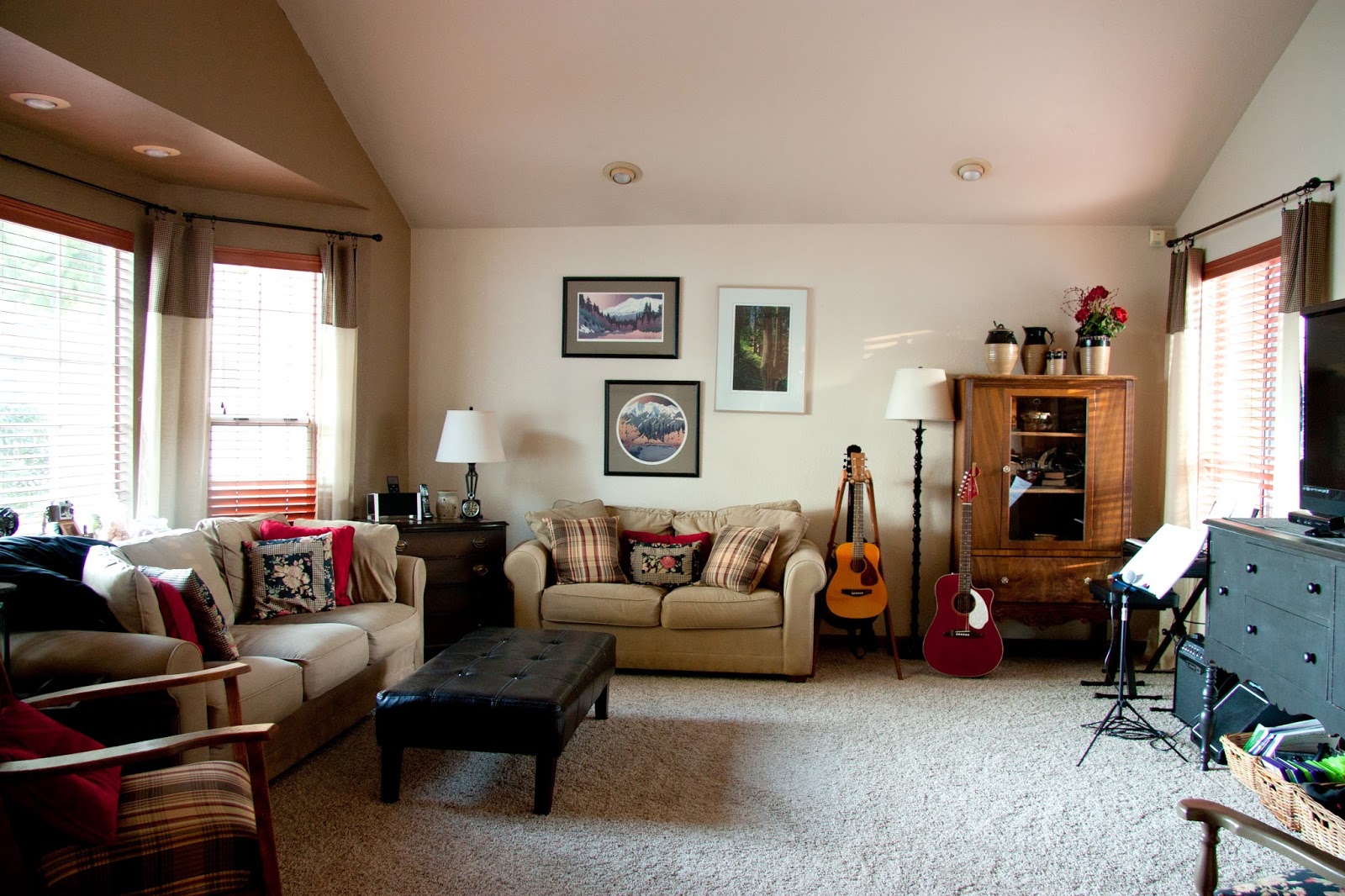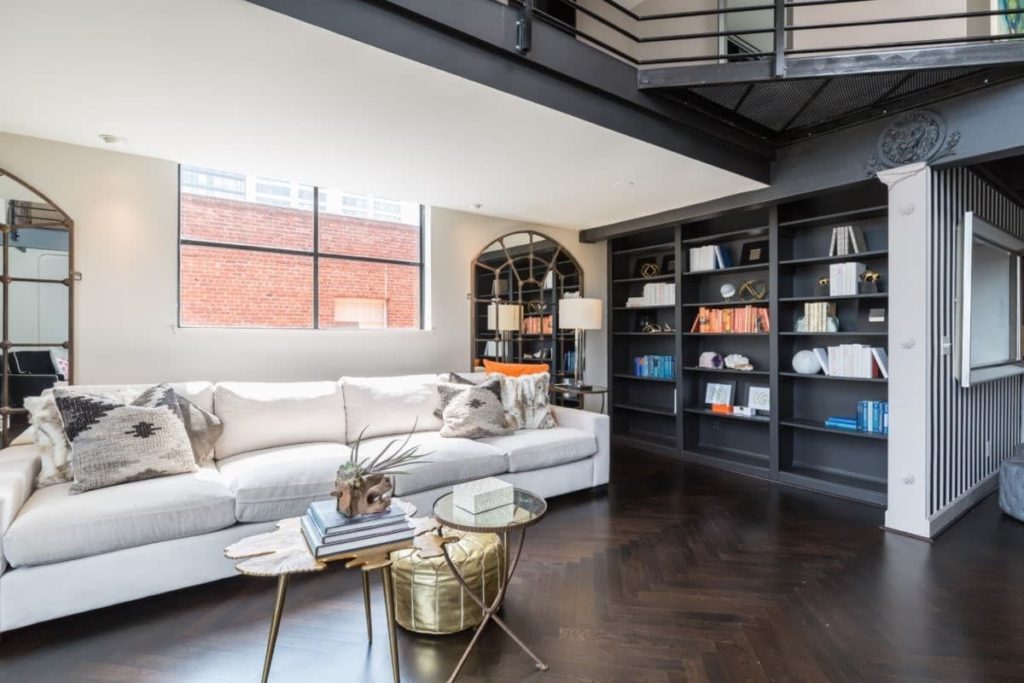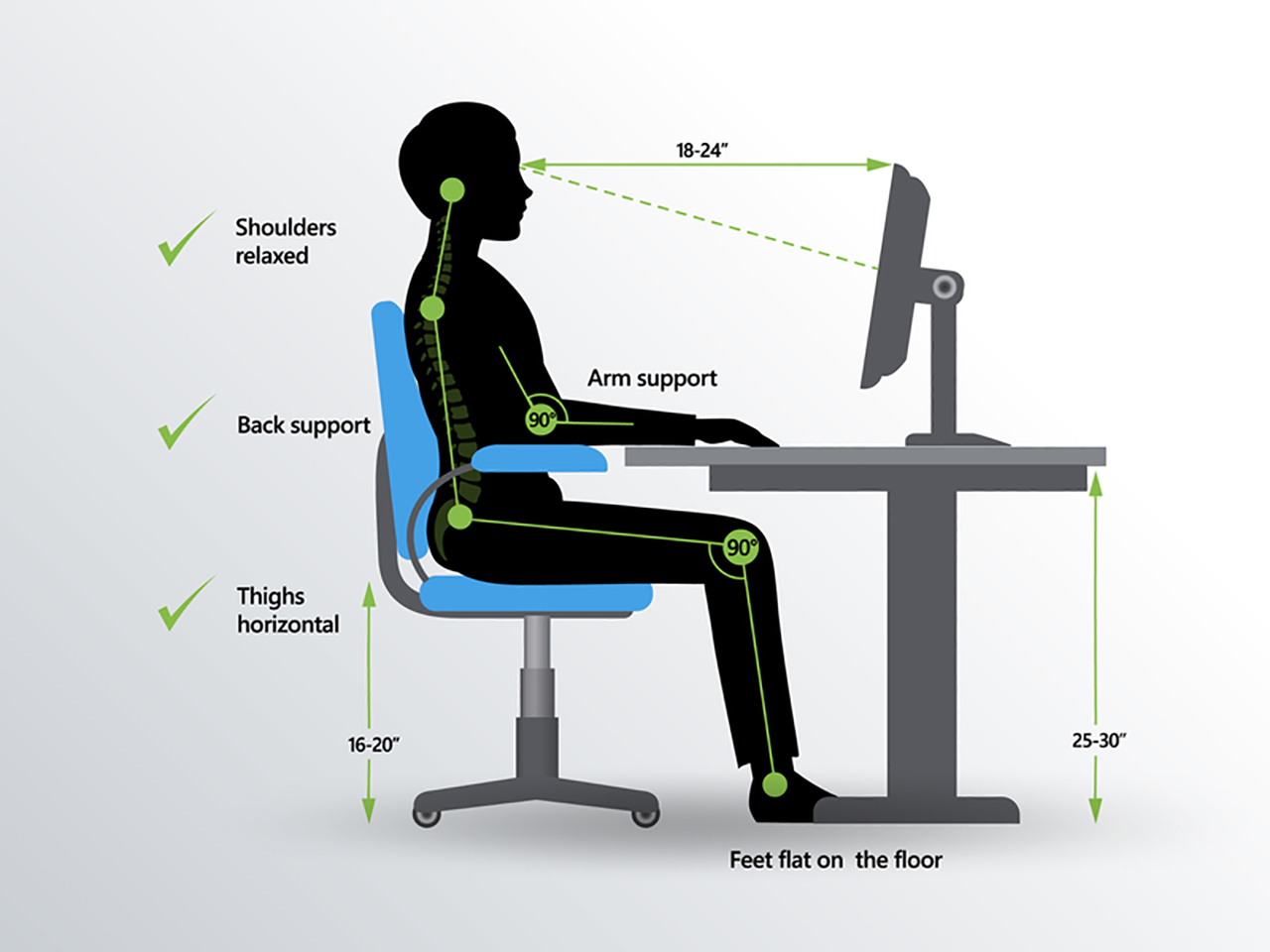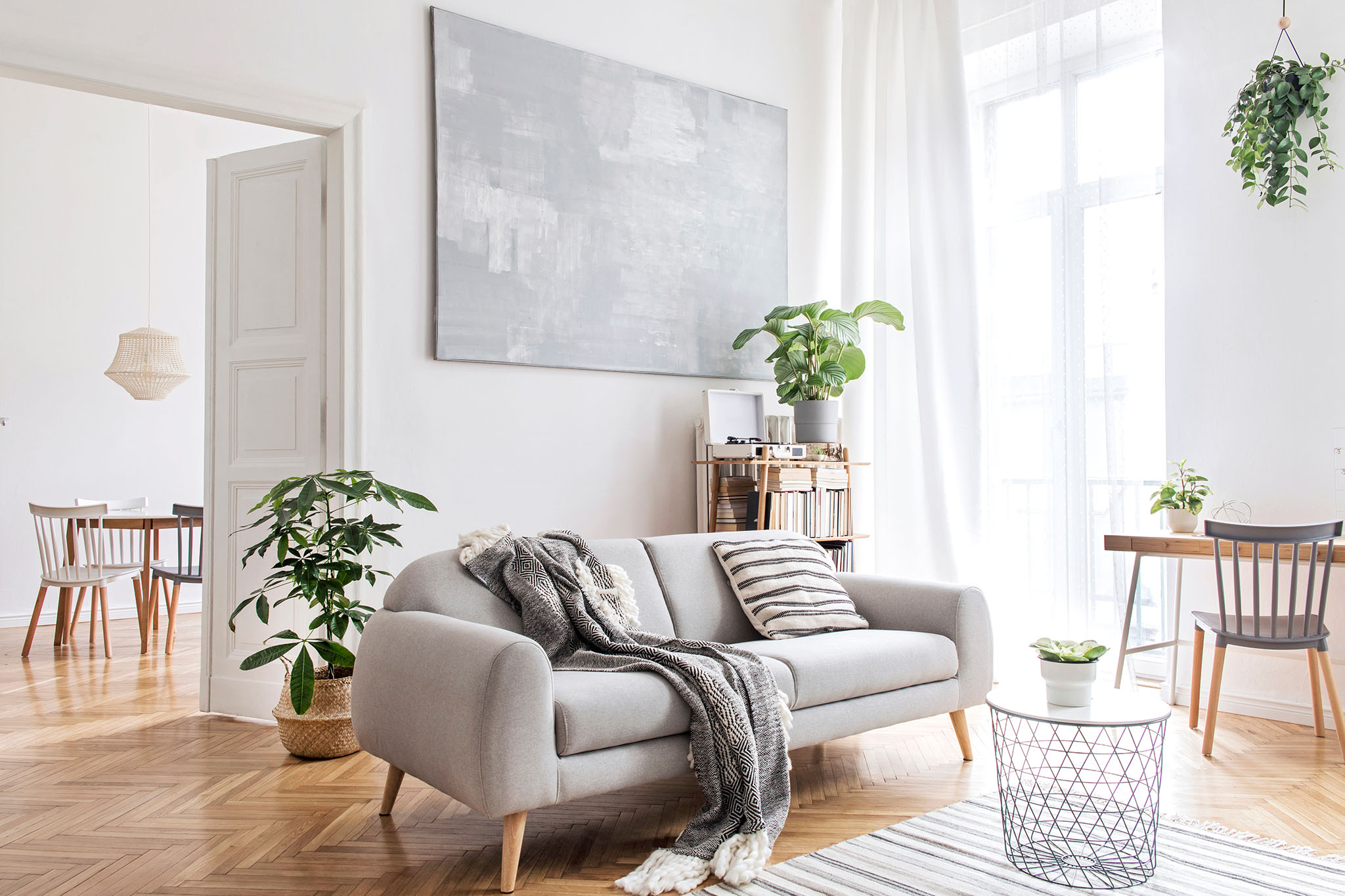Remote Work: Tips for Working in the Living Room
With the rise of remote work, many people are finding themselves working from the comfort of their own living rooms. While this may seem like a dream come true, it can also come with its own set of challenges. Without the structure and designated workspace of a traditional office, it can be easy to get distracted and lose productivity. However, with the right tips and strategies, you can create a successful and efficient work environment right in your living room.
Maximizing Productivity While Working in the Living Room
One of the biggest challenges of working in the living room is staying focused and avoiding distractions. To maximize productivity, it's important to set up a designated workspace and establish a routine. This will help your brain associate the living room with work, making it easier to stay on task. Additionally, try to limit distractions by keeping your phone on silent and avoiding unnecessary web browsing.
Creating a Comfortable and Functional Workspace in the Living Room
While working from the couch may seem appealing at first, it's not the most ergonomic or productive option. Instead, create a designated workspace in your living room with a desk or table and a comfortable chair. Make sure your desk is at the appropriate height and invest in an ergonomic chair to avoid any discomfort or strain on your body. This will not only help you stay productive, but also prevent any potential health issues.
How to Avoid Distractions When Working in the Living Room
Working in the living room can come with its own unique distractions, such as the TV, family members, or pets. To avoid these distractions, it's important to set boundaries with those around you. Let your family know your work schedule and ask them to respect your designated workspace. If possible, try to work during times when your family members are occupied with other activities. And don't be afraid to use noise-cancelling headphones if necessary.
Setting Boundaries for Work-Life Balance in the Living Room
One of the downsides of working in the living room is the blurred line between work and personal life. It's easy to get caught up in work and lose track of time, leading to burnout and lack of work-life balance. To avoid this, set specific work hours and stick to them. Once your work day is over, make a conscious effort to disconnect and focus on personal activities. This will help you maintain a healthy work-life balance and avoid burnout.
The Benefits of Working in the Living Room vs. a Traditional Office
While working in a traditional office can provide structure and a sense of separation between work and personal life, working in the living room also has its own benefits. For one, you have the flexibility to design your workspace according to your preferences. You also have the freedom to take breaks and move around as needed, which can be beneficial for your mental and physical health. Additionally, working from home can save you time and money on commuting, and allow you to spend more time with your family.
Designing a Stylish and Organized Living Room Office
Just because you're working in the living room doesn't mean it has to be a cluttered and messy space. In fact, having an organized and visually appealing workspace can help you stay focused and motivated. Invest in some storage solutions, such as shelves or file cabinets, to keep your work materials organized. You can also add some personal touches, such as plants or artwork, to make your living room office a more inviting and inspiring space.
How to Stay Focused and Motivated When Working in the Living Room
Working in the living room can sometimes feel isolating and uninspiring, especially if you're used to being in a bustling office environment. To stay focused and motivated, try to incorporate some of the elements you enjoyed in your traditional office, such as listening to music, taking short breaks to socialize, or setting personal goals. You can also join online communities or virtual coworking spaces to connect with other remote workers and stay motivated.
Incorporating Ergonomics into Your Living Room Workspace
As mentioned earlier, having an ergonomic workspace is crucial for your health and productivity. This includes not only the layout of your desk and chair, but also the lighting and temperature of your living room office. Make sure you have proper lighting to reduce eye strain, and keep the temperature at a comfortable level. You can also incorporate some stretches and exercises into your work routine to prevent any strain on your body.
Creating a Professional Atmosphere in the Living Room for Remote Work
Lastly, it's important to maintain a professional atmosphere in your living room when working remotely. This not only helps you stay in the right mindset for work, but also creates a good impression for any virtual meetings or calls. Make sure your background is clean and clutter-free, and dress appropriately for video conferences. This will help you maintain a sense of professionalism and credibility in your remote work.
The Benefits of Working in the Living Room for House Design

Why Choose the Living Room?
 Working from home has become increasingly popular, and as a result, many people are looking for ways to create a comfortable and productive workspace within their own homes. While a designated home office is a common solution,
working in the living room
can also offer several benefits for those who are
designing their house
. Not only does it provide a change of scenery from a typical workspace, but it also allows for a more collaborative and versatile environment. Here are some reasons why you should consider
working in the living room
for your next house design project.
Working from home has become increasingly popular, and as a result, many people are looking for ways to create a comfortable and productive workspace within their own homes. While a designated home office is a common solution,
working in the living room
can also offer several benefits for those who are
designing their house
. Not only does it provide a change of scenery from a typical workspace, but it also allows for a more collaborative and versatile environment. Here are some reasons why you should consider
working in the living room
for your next house design project.
Maximizing Space and Functionality
 One of the main advantages of
working in the living room
for house design is the ability to maximize space and functionality. Most living rooms are designed to be the heart of the home, providing a place for relaxation and socializing. However, with the rise of remote work, it has become essential to have a designated workspace within the home. By
designing your house
to incorporate a workspace in the living room, you can make the most of the available space while still maintaining the room's primary function.
One of the main advantages of
working in the living room
for house design is the ability to maximize space and functionality. Most living rooms are designed to be the heart of the home, providing a place for relaxation and socializing. However, with the rise of remote work, it has become essential to have a designated workspace within the home. By
designing your house
to incorporate a workspace in the living room, you can make the most of the available space while still maintaining the room's primary function.
Bringing Creativity to the Workspace
 While a traditional home office may provide a structured and focused environment,
working in the living room
can bring a sense of creativity and inspiration to your workspace. The living room is often the most visually appealing room in a house, with comfortable seating, natural light, and decorative accents. By incorporating these elements into your workspace, you can create a more inviting and stimulating environment, fostering productivity and imagination.
While a traditional home office may provide a structured and focused environment,
working in the living room
can bring a sense of creativity and inspiration to your workspace. The living room is often the most visually appealing room in a house, with comfortable seating, natural light, and decorative accents. By incorporating these elements into your workspace, you can create a more inviting and stimulating environment, fostering productivity and imagination.
Encouraging Collaboration and Teamwork
 For those who work in a team,
working in the living room
can be a great solution. It allows for a more open and collaborative workspace, where team members can work together, share ideas, and bounce off each other's creativity. This type of environment can lead to more innovative and successful
house design
projects, as well as a stronger sense of teamwork and camaraderie.
For those who work in a team,
working in the living room
can be a great solution. It allows for a more open and collaborative workspace, where team members can work together, share ideas, and bounce off each other's creativity. This type of environment can lead to more innovative and successful
house design
projects, as well as a stronger sense of teamwork and camaraderie.
Customizing Your Workspace
 Another benefit of
working in the living room
for house design is the ability to customize your workspace to fit your needs and preferences. Unlike a traditional home office, the living room offers more flexibility in terms of furniture, decor, and layout. You can choose a comfortable and ergonomic chair, add personal touches such as artwork or plants, and rearrange furniture to create a workspace that is both functional and visually appealing.
In conclusion, while a designated home office may be the go-to solution for those working from home,
working in the living room
can offer numerous benefits for those
designing their house
. It allows for a versatile and collaborative workspace, maximizes space and functionality, and brings creativity and customization to the forefront. Consider incorporating a workspace in your living room for your next
house design project
and experience the many advantages it has to offer.
Another benefit of
working in the living room
for house design is the ability to customize your workspace to fit your needs and preferences. Unlike a traditional home office, the living room offers more flexibility in terms of furniture, decor, and layout. You can choose a comfortable and ergonomic chair, add personal touches such as artwork or plants, and rearrange furniture to create a workspace that is both functional and visually appealing.
In conclusion, while a designated home office may be the go-to solution for those working from home,
working in the living room
can offer numerous benefits for those
designing their house
. It allows for a versatile and collaborative workspace, maximizes space and functionality, and brings creativity and customization to the forefront. Consider incorporating a workspace in your living room for your next
house design project
and experience the many advantages it has to offer.




























































































































